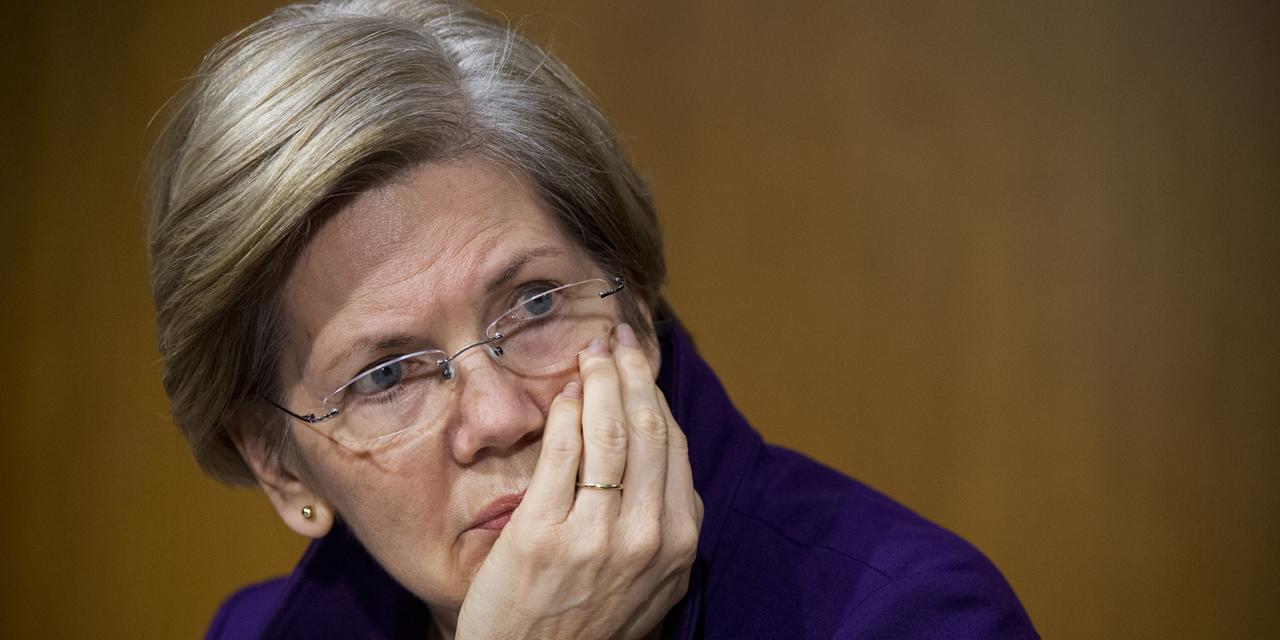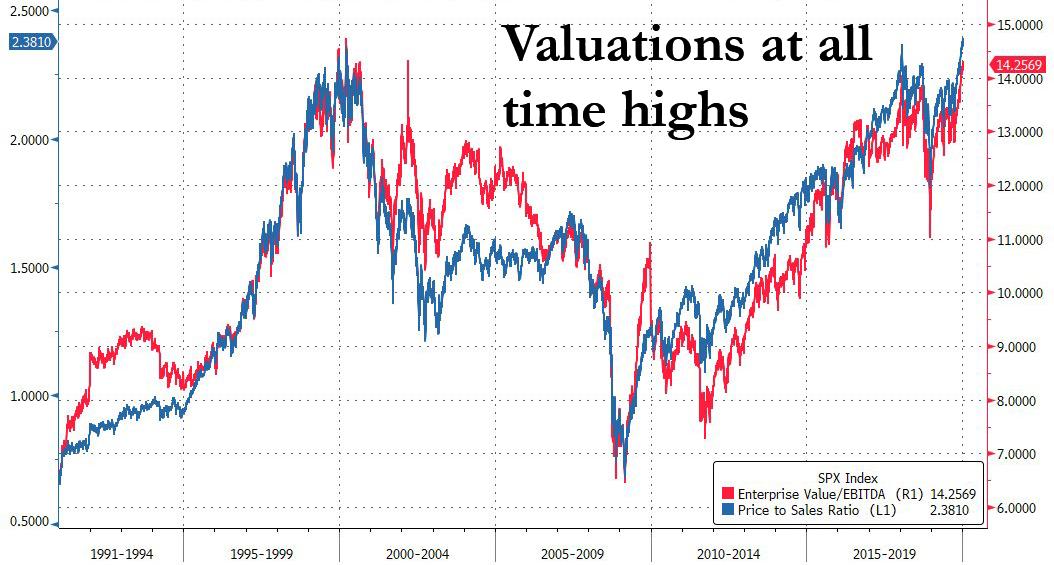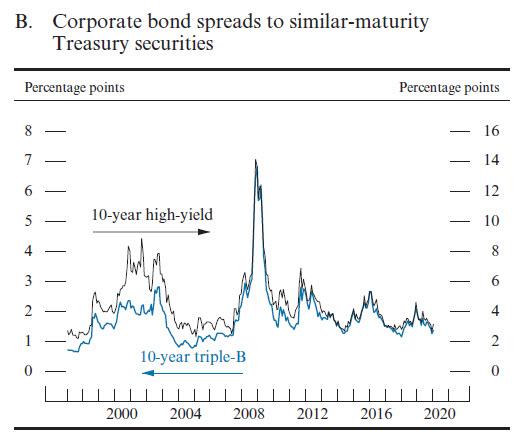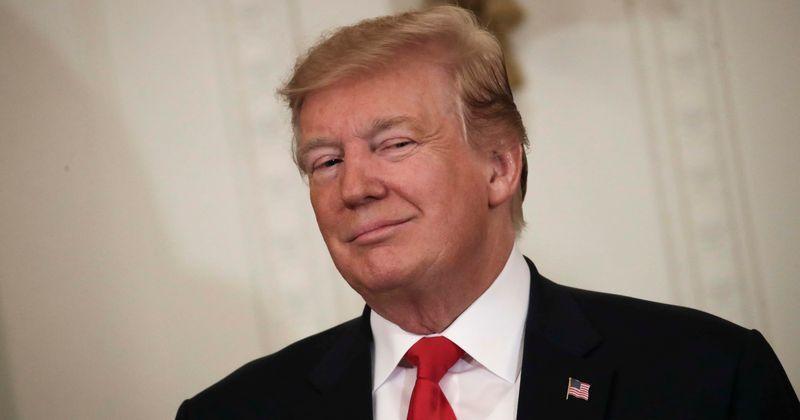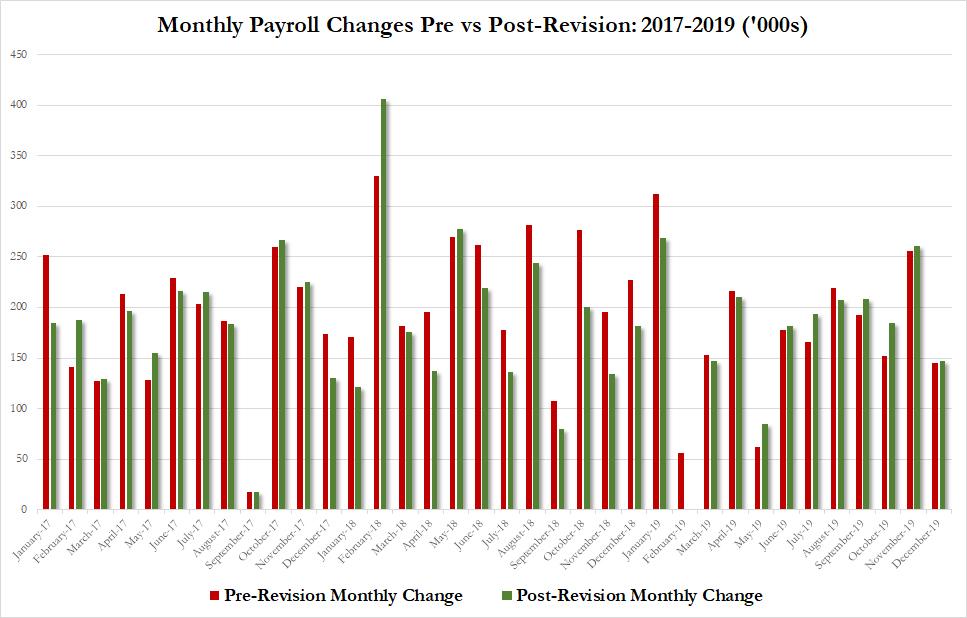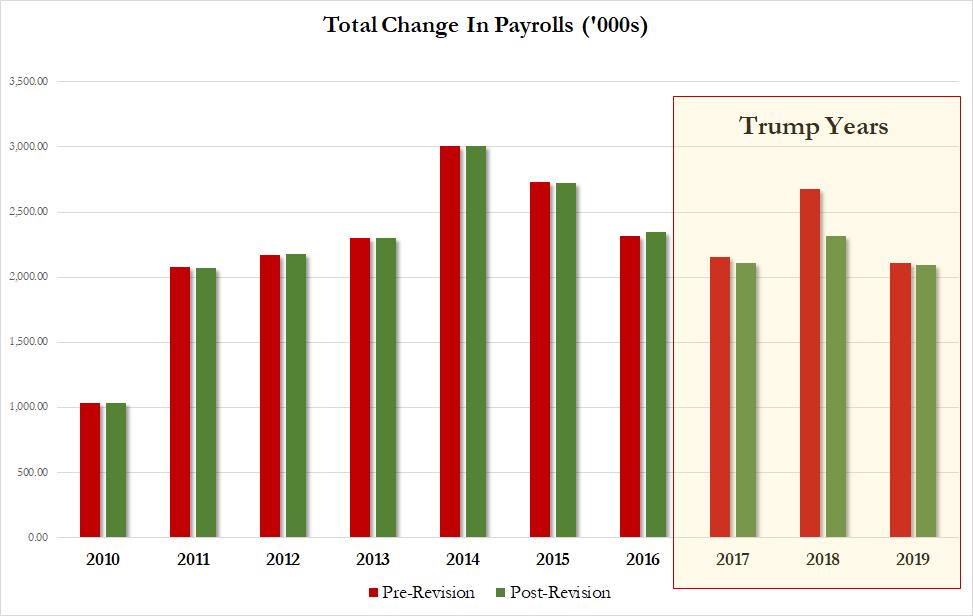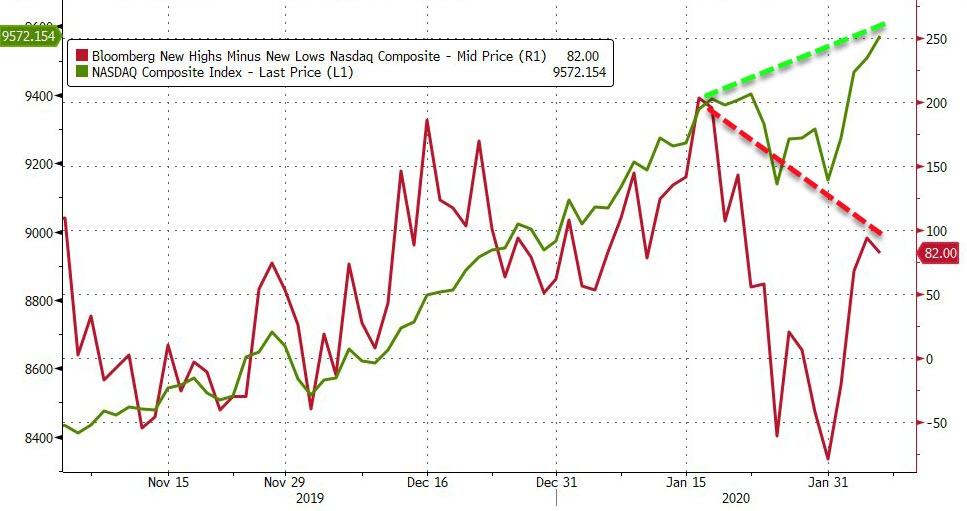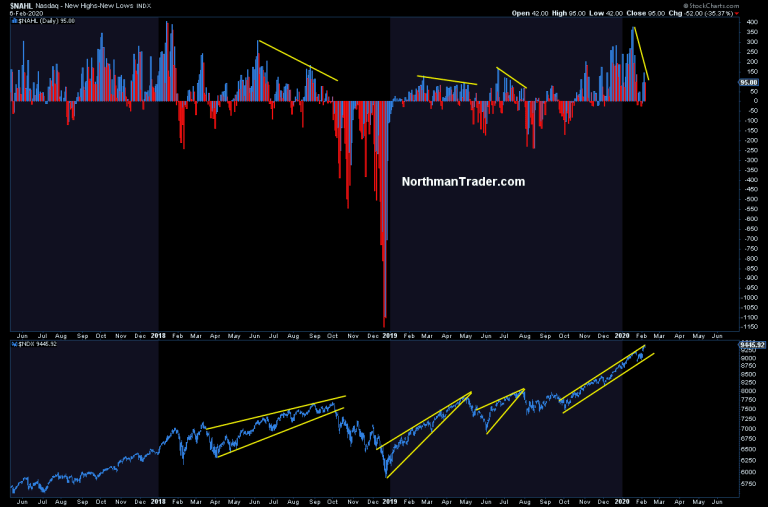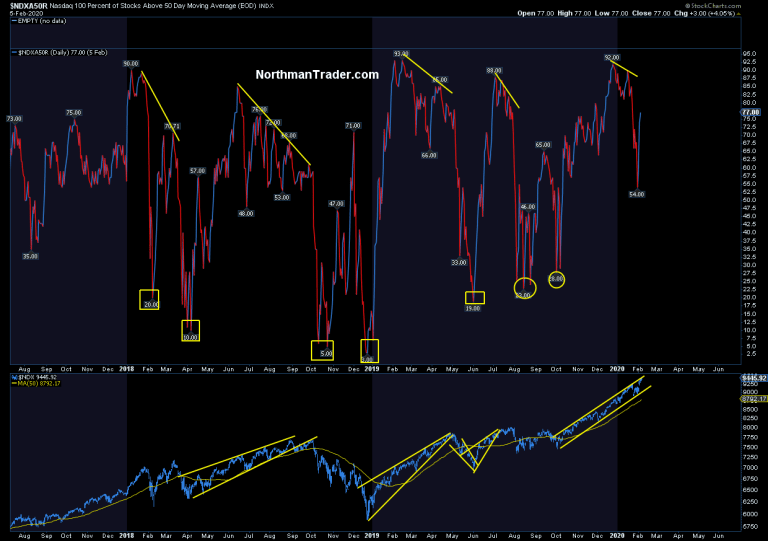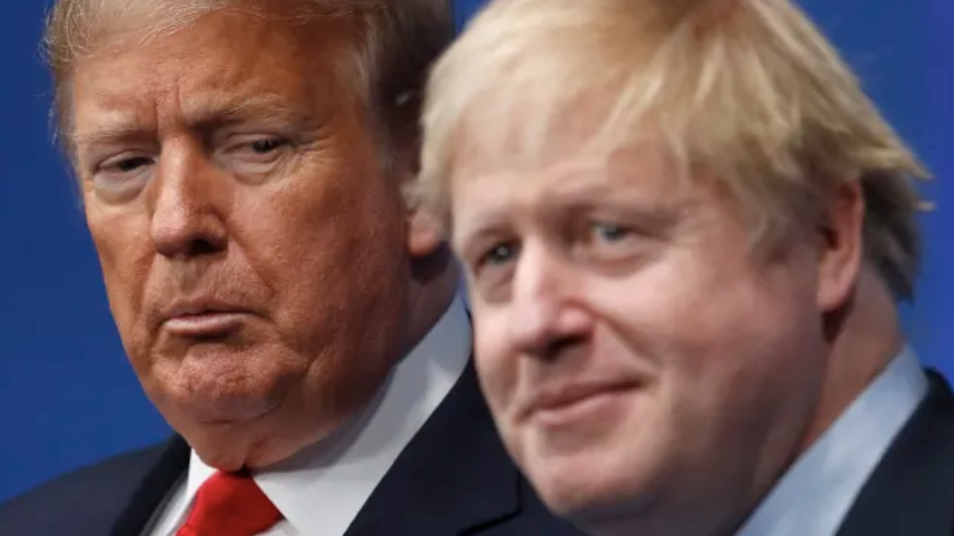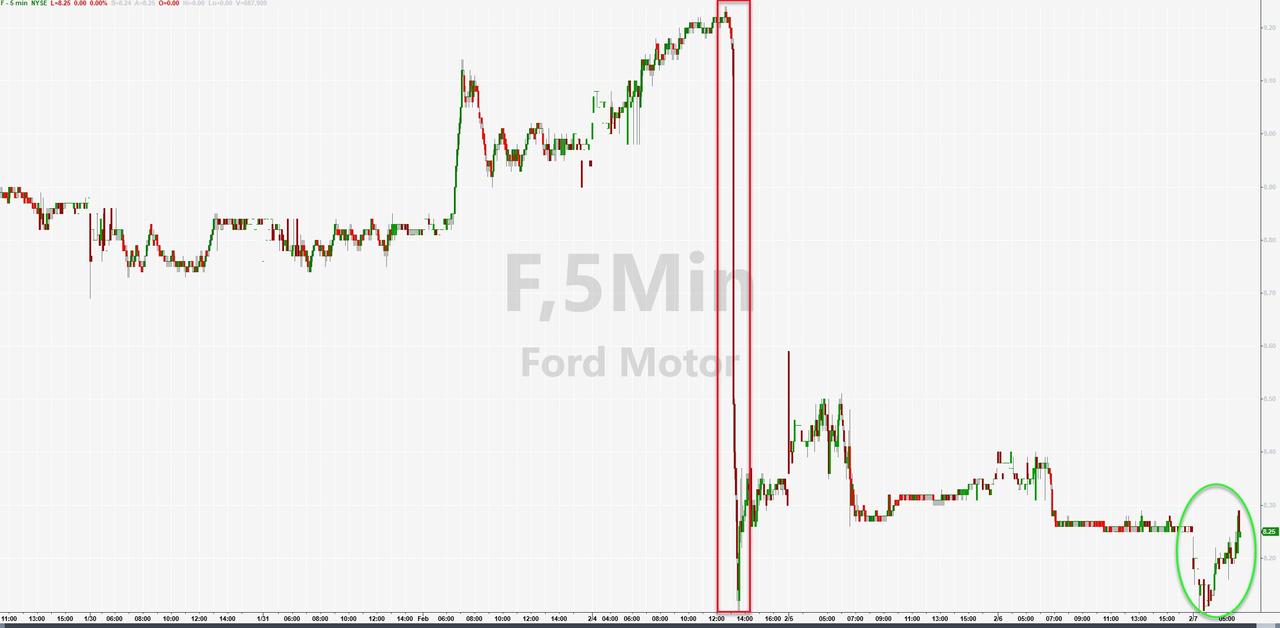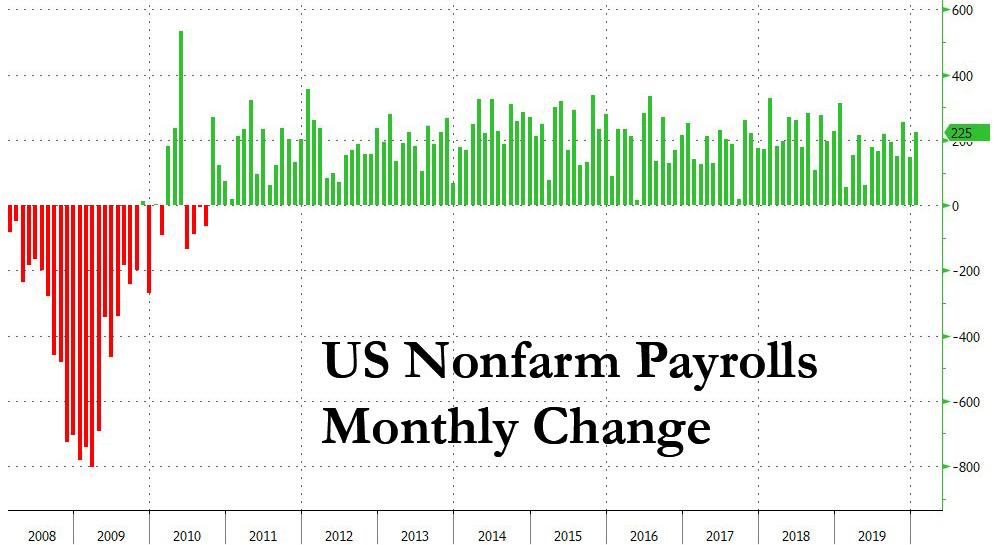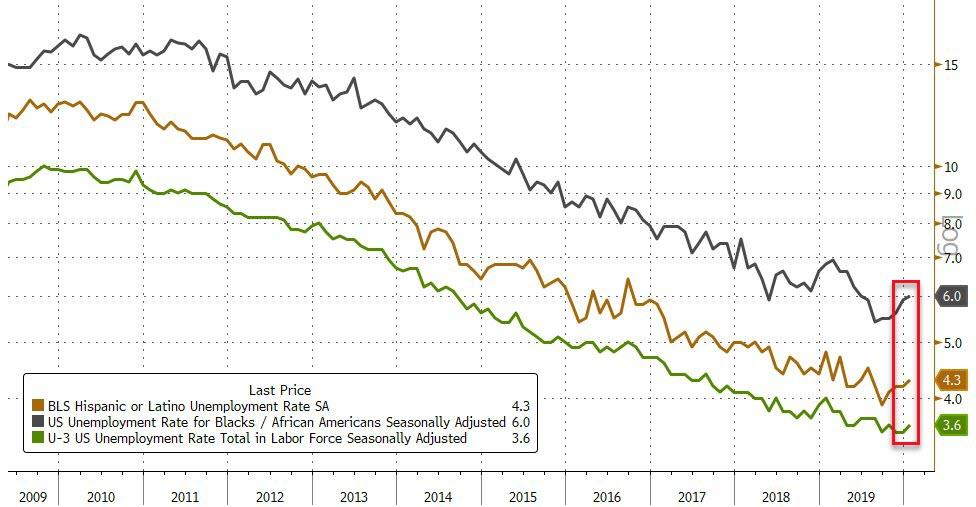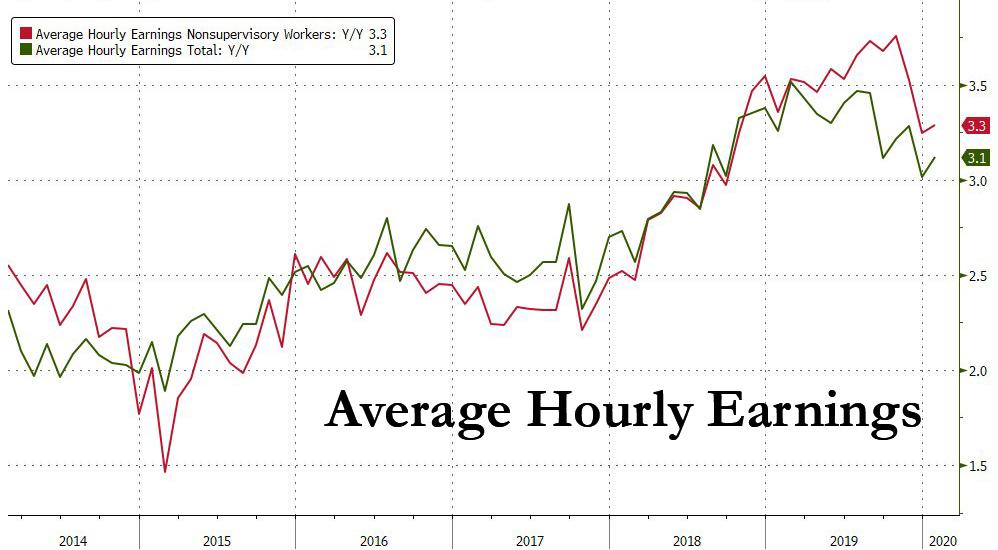Submitted by Michael Every of Rabobank
As has been the case since Monday’s sell-off, there is an attempt to try to look on the bright side of the virus headlines. Chinese officials are spreading the word globally that things are under control and that other countries should not be closing their borders to China, in line with the WHO recommendations that says that free-flows of people during a potential epidemic is completely fine. Of course, at home China is still under draconian lockdown, with tens of millions of people not allowed to leave their homes, and hundreds of millions more voluntarily following the same advice. Moreover, as a former Mexican ambassador to China publicly notes, when Mexico briefly suffered from H1N1 bird ‘flu back in 2009 China’s response was to ignore the WHO’s recommendations and: place all Mexican nationals in China under quarantine; cancel all direct flights to Mexico; stop issuing visas to Mexicans; and closed all its consulates in Mexico.
After having extended its Lunar New Year break, and yet with more cities and firms still shutting down than doing any re-opening, Beijing is starting to become cognizant of just how deep and serious the economic damage is going to be if this goes on much longer. We are, after all, talking about 80% of the economy, and 90% of exporters, simply not functioning. This is already seeing supply-chain knock-on effects for a swathe of global firms and this, very much like the virus itself, will snowball as time passes if nothing changes. For a country that was already seeing foreign firms talk about shifting production to other locations this is a problem. Thus, perhaps, some of the urgency in trying to stress that everything is returning to normal soon, and that the WHO advice is worth following – this time.
S&P, for example, are suggesting the virus might knock 0.8ppts off of 2020 GDP growth in China. That sounds a lot, doesn’t it? Until we realise that 80% of China’s GDP is probably shrinking by 10-20% y/y right now, a slump that makes the peak of 2008-09 look like a picnic by comparison and which frankly defies traditional economic statistical analysis of the S&P variety, where outliers like this get “winsorized” away and the underlying equilibrium GDP model kicks in and drags us back to a trend rate of growth again by magic. (Very much like an apparatchik, as I was saying yesterday.)
During The Great Recession did *everybody* stay at home and almost all business shut down? I don’t recall that being the case. If this virus *is* all over in days then one can make the case that Q2, Q3, and Q4 will see a huge bounce in GDP into double digits as everyone restarts work and eats out more, etc. Yet if this drags on through Q1 and into Q2–and I have not seen any serious virologists, merely not-at-all-serious economists, suggest such a rapid return to normal is possible–then the negative effects in the first third of the year are going to be so bad that the rest of the year is never realistically going to get us back close to 6% y/y GDP growth again, or 5.2%, regardless of empty new skyscrapers and shiny subways and high-speed trains. Surely the whole year will be flat at best? Obviously, 2021 GDP will then be gangbusters in Q1 and Q2 (“so buy stocks!”) – but there will also be lasting damage if this drags on as SMEs shut down and don’t reopen, and as already capital-constrained banks are forced to bail everyone out, and as the PBOC is then forced to bail banks out. Market calm that does not make for.
Yes, are we seeing a slowdown in new virus cases reported this morning. We now have 31,481, which does show a day-to-day decline away from an exponential rate of growth *if accurate*. Yet for those market participants merrily saying this is “just a flu” (there are some) we also have 4,824, 15% of the total, in critical condition, and 638 deaths. Further, one arguably cannot measure the death-rate of any virus against the number of *currently* sick people: you surely measure it against those who eventually recover vs. those who don’t. Given we have 1,563 who have recovered vs. 638 dead (and 4,824 critical) that is a worrying ratio of 29% dead as an end-outcome, which is right up there with the MERS virus from a few years ago – although, yes, there is real reason for us all to hope that number will decline sharply as milder cases will be fully curable. But a simple flu this is not.
The quandary for China between releasing the quarantine straitjacket in days to stop its economy from getting truly sick, and allowing a virus like this to spread further as people start to mingle again is truly awful. There are no good options. For a world with a serious lack of final end-demand, and which has been relying on China, along with increasingly “Chinese” central banks, this is going to be a nasty shock either way that Mr Market is treating like he is Mr Magoo. (Oh, and Donald Trump was apparently “apoplectic” with PM Boris Johnson over his recent Huawei decision in a recent call, with suggestions that the UK might now be trying to backtrack; the US is allegedly also floating the idea of buying shares in firms like Nokia and Ericsson to help build a Western 5G alterative. Something else for China to be worrying about, of course.)
For example, Bloomberg is this morning trying to sell the fact that Chinese government bond yields are dropping (-33bp this year) as a good news story. It isn’t, even if that single trade is one I have long supported if one simply has to be in Chinese markets. If China is seeing its yields plummet, what does that say about global growth prospects? What does that say about global reflation? It’s a long bonds story – full stop. Of course, lower yields mathematically means higher P/E ratios for equities too (“so buy stocks!”). Until yields have gone as low as they ever can, real activity has ground to a halt, and we have a world where bonds can’t go any higher, equities can’t go any higher, central banks and governments can’t afford to let either collapse, and only FX markets have any pricing function.
Talking of pricing functions, the RBA have hilariously used their Statement on Monetary Policy this morning to make clear that rates are on hold right now, and that further rate cuts could do more harm than good with only two left in the can before QE has to start. I always guessed these guys spent all day on the Domain.com property website, but the timing is pure black comedy, as is their call that the unemployment rate will be going down and not up just as Chinese tourism collapses. On which note, today has already seen Japanese household spending collapse -4.8% y/y in December before anyone even sneezed and real labour earnings -0.9% y/y. Gambatte, ne?
Also talking of pricing functions, this time political, and of black comedy the US Iowa Democratic caucus moved into even more surreal areas yesterday, with a press report that up to 30% of the votes might have been tabulated wrong due to bad math skills; then a very slow final count; then populist Bernie Sanders taking the lead and publicly claiming victory; and at the same instant the Democratic National Congress chairman Tom Perez saying an “immediate recanvas” was needed instead. In the UK they called that a “People’s Vote” – perhaps he could use that terminology? Meanwhile, previous Iowa ‘winner’ Mayor Pete is busy appointing ex-Goldman Sachs staff to his campaign team. Hope and Change, people.
